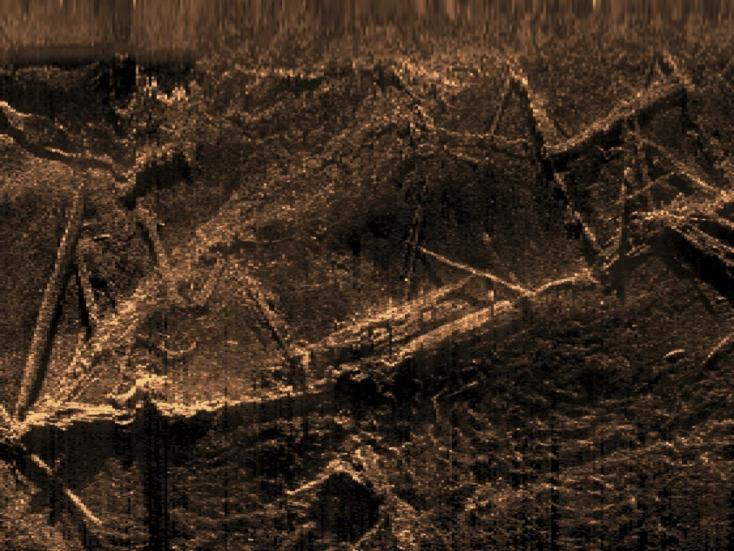最新研究:美国最后一艘奴隶船残骸保存完好

Researchers studying the wreckage(残骸) of the last U.S. slave ship, buried in mud on the Alabama coast since it was sank in 1860, have made the surprising discovery that most of the wooden ship remains undamaged, including the prison that was used to lock up African captives during the cruel journey across the Atlantic Ocean.
At least two-thirds of the ship remains, and the existence of the slave prison, built during the voyage by the addition of a bulkhead(舱壁) where people were held as cargo below the main deck for weeks, raises questions about whether food and water containers, chains and even human DNA could remain in the ship, said Delgado. “It’s the best-preserved wreck ever discovered,” he said. “It’s because it’s sitting in the Mobile-Tensaw Delta with fresh water and in mud that protected it so it’s still there.”
For Joycelyn Davis, a sixth-generation granddaughter of African captive Charlie Lewis, the story of what happened more than 160 years ago is best told through the people who were involved, not a sunken ship. But she said she couldn’t wait to learn more about what has been discovered, adding “I think it’s going to be a surprise for us all.”
The Clotilda was the last ship known to transport African captives to the American South. Nearly 90 feet (27 meters) in length, it set out to Mobile, Alabama, for an illegal trip to purchase people decades after Congress made such trade illegal in 1808. The ship had been sent across the ocean on a voyage financed by a wealthy businessman. The Clotilda’s captain moved its human cargo off the ship once it arrived in Alabama and set fire to the ships. But most of the them didn’t catch fire and remained in the river.
本时文内容由奇速英语国际教育研究院原创编写,未经书面授权,禁止复制和任何商业用途,版权所有,侵权必究!(作者投稿及时文阅读定制请联系微信:18980471698)